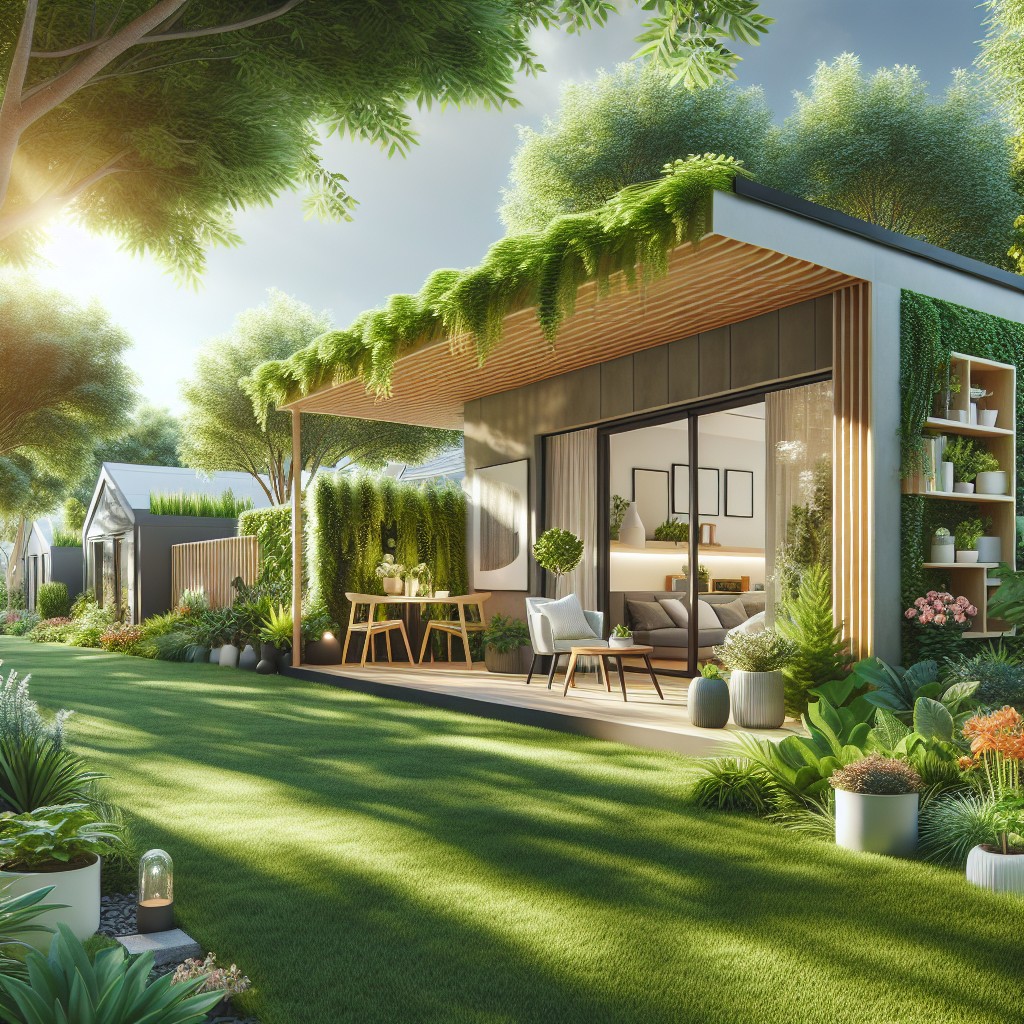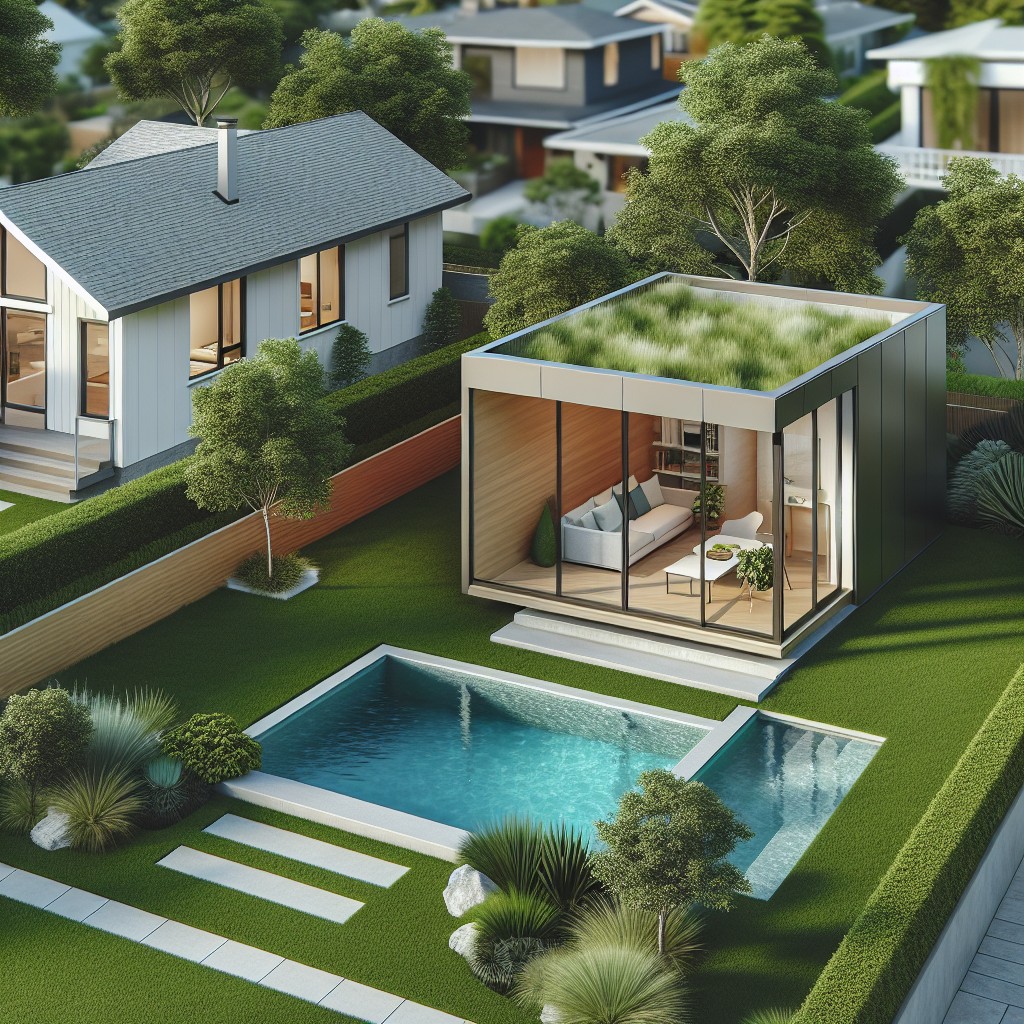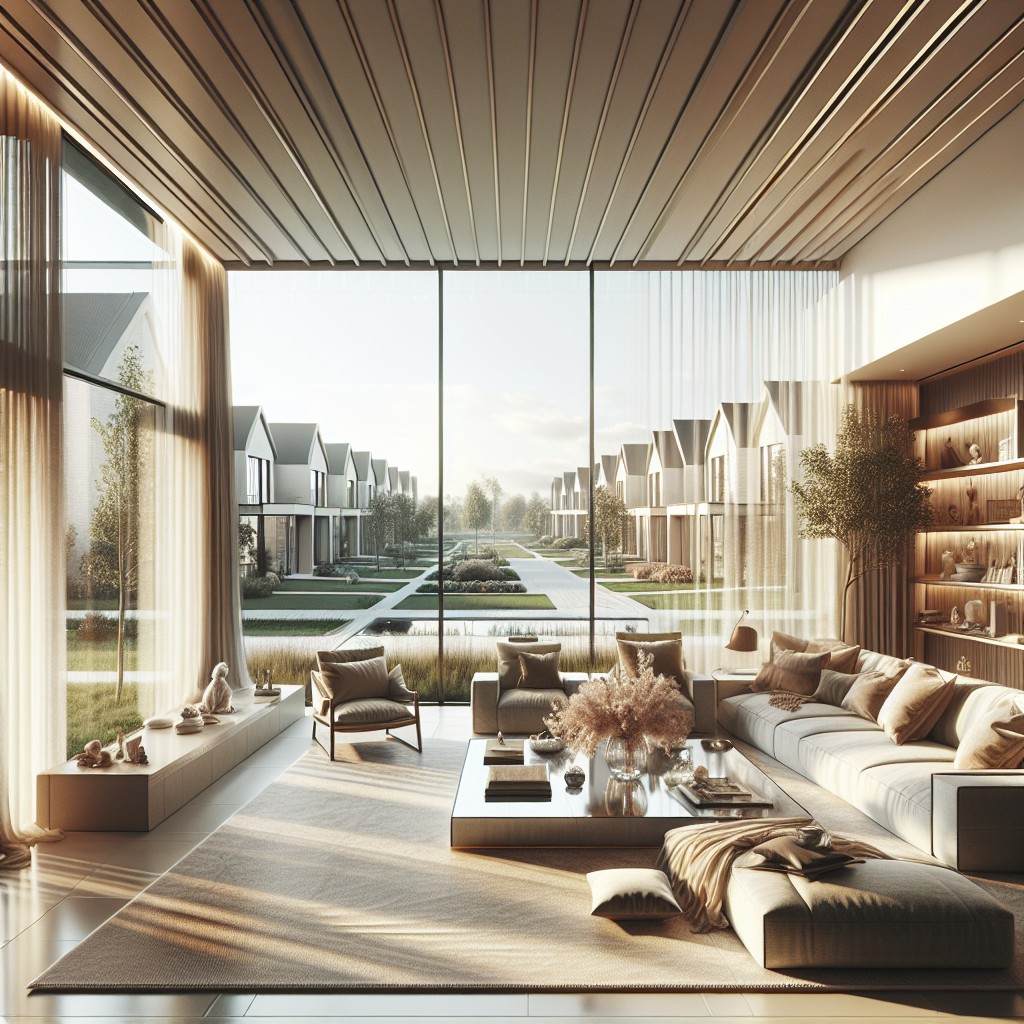Last updated on
Learn about the financial considerations involved in building an Accessory Dwelling Unit (ADU), including factors that influence costs and strategies for budgeting effectively.
Key takeaways:
- Average cost ranges from 0,000 to 0,000 for ADU construction.
- Detached ADUs generally cost more than attached or converted units.
- Size, finishes, and amenities impact the cost of building an ADU.
- Factors like permits, infrastructure, and labor also affect the budget.
- ADUs can increase property value and provide passive income.
Average Cost to Build an Accessory Dwelling Unit

The average cost to build an accessory dwelling unit (ADU) can vary widely depending on a range of factors. Generally, homeowners might expect to spend anywhere from $100,000 to $350,000. These numbers are not set in stone and hinge on variables such as size, location, design preferences, materials used, and labor costs.
At the lower end of the spectrum, converting an existing space, like a garage, comes with a smaller price tag, while constructing a detached ADU typically requires a larger budget due to the need for new foundations and utilities. Location plays a critical role too—building costs in urban areas with a high cost of living can be significantly more than in rural settings.
In the case of materials, opting for high-end finishes or custom designs will push the cost toward the upper end. Contractor prices also fluctuate; shopping around for bids and checking references can help control costs without sacrificing quality.
While these figures provide a rough estimate, it is crucial for homeowners to get a personalized quote that reflects their specific project requirements. This ensures a clearer understanding of the financial commitment involved in adding an ADU to their property.
Cost to Build an ADU By Type
Determining the cost of an ADU largely hinges on its type. Detached units, which stand separate from the main residence, generally require more extensive construction and thus carry higher costs, starting around $100,000 and can exceed $300,000 for high-end builds. Attached ADUs, which share a wall with the primary home, offer a more cost-effective solution, typically ranging between $80,000 to $200,000. Conversion ADUs, where existing structures like garages are transformed into living spaces, present the most budget-friendly option—with costs as low as $40,000 for a bare-bones conversion.
Size also plays a significant role in the financial equation. Smaller, studio-style ADUs are on the lower end of the cost spectrum, while larger, two-bedroom models push the ceiling due to increased material and labor costs.
Internal finishings and amenities can create a wide range in pricing within each type. High-end finishes and appliances quickly elevate the overall expenditure, so there’s a balance to be struck between desired quality and available budget.
Lastly, prefabricated ADUs offer a middle ground in terms of cost. They save on labor but can be limited in customization and may still require significant site preparation and utility work. Prices for modular units generally straddle the mid-range cost of attached and detached ADUs.
ADU Cost Factors
The final cost of building an ADU can fluctuate significantly based on various criteria. Size and design complexity are primary cost determinants; more square footage and intricate layouts often equate to higher expenses. The choice of materials directly impacts your budget; luxury finishes will inevitably increase costs, while opting for standard materials can offer savings.
Permitting fees should not be overlooked. These costs can vary widely by location and local regulations. Be sure to research or consult with a local professional to get an accurate estimate for your area.
The existing infrastructure also plays a role. If your property requires extensive work to accommodate water, sewer, and electrical systems for the ADU, expect to dig deeper into your wallet.
Finally, labor costs can make or break your budget. Quotations from contractors can differ based on their expertise, availability, and demand for their services. It’s prudent to get multiple bids to ensure competitive pricing while not sacrificing the quality of workmanship.
Understanding these elements will provide a clearer picture of the financial commitment required to bring your ADU project to fruition.
Does Adding an ADU Increase the Value of Your Property & Is It a Good Investment?
Adding an accessory dwelling unit to your property can be financially advantageous in multiple ways. Primarily, with rental income potential, an ADU can provide a steady source of passive income, significantly offsetting the cost of your mortgage or operating expenses. The presence of an ADU may also attract a broader pool of potential buyers, increasing your property’s marketability when you decide to sell.
From an investment point of view, an ADU can offer a substantial return. Although initial construction costs may be steep, depending on size and luxuries, the long-term benefits can outweigh the upfront investment. Properties with ADUs tend to have higher resale values, especially in markets with housing shortages, as they offer additional living space or the option for a rental unit.
It’s worth noting how local housing market conditions influence the value an ADU adds. In high-demand, urban areas where housing is scarce, an ADU might considerably boost property valuation. Conversely, in markets with less housing pressure, the value increase might be less pronounced.
Lastly, tax implications should be recognized. While an ADU can lead to higher property taxes due to increased valuation, it can also open up potential tax deductions related to rental activities or home improvements, offsetting some of the financial impacts.
Always consider your long-term objectives and consult with a real estate specialist to discern how an ADU aligns with market trends and your individual financial goals.
How to Start Your ADU Project
Embarking on an ADU project may seem daunting, but breaking it down into manageable steps simplifies the process. Begin with thorough research on local regulations; zoning laws vary and some areas have specific requirements for ADUs. Consult your city’s planning department to get clarity on what’s permissible.
Next, assess your property to determine the most suitable type of ADU – detached, attached, or interior. Each has distinct construction implications and costs. With this insight, begin brainstorming the design that aligns with your needs and budget. It may be wise to engage an architect or a company that specializes in ADUs at this stage.
After solidifying your plans, it’s time to tackle the budget. Estimate costs, factoring in construction, materials, labor, and any potential upgrades. Remember to include a buffer for unforeseen expenses. Once you have a clear financial picture, explore financing options such as loans, savings, or equity from your main home.
Lastly, assemble a dependable team. This team should include a contractor experienced in ADUs, a designer for personalized touches, and possibly a project manager to oversee the entire operation. Ensuring you have knowledgeable professionals on your side can make the difference between a smooth project and a challenging one.
Related reading:
Table of Contents





